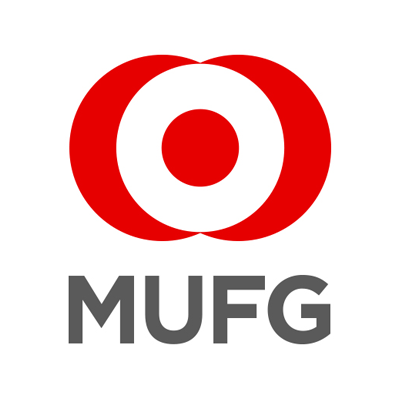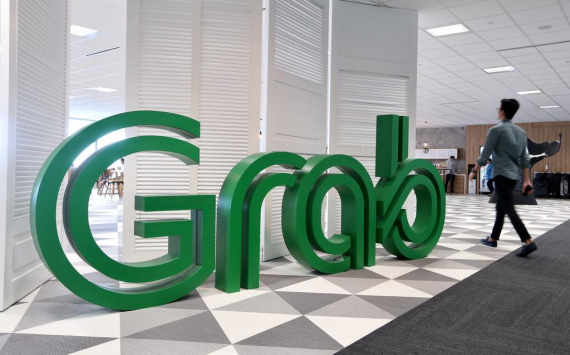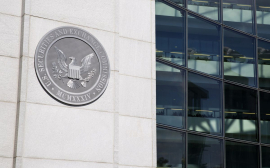Description
Mitsubishi UFJ Financial Group, Inc. is a Japanese bank holding and financial services company headquartered in Chiyoda, Tokyo, Japan.
MUFG holds assets of around US$2,459 billion as of 2016, making it the world's fifth largest bank by total assets and is one of the main companies of the Mitsubishi Group. It is Japan's largest financial group and the world's second largest bank holding company holding around US$1.8 trillion (JPY 148 trillion) in deposits as of March 2011. The letters MUFG come from Mitsubishi and United Financial of Japan, the name of an acquired company.
Background
The company was formed on October 1, 2005, with the merger of Tokyo-based Mitsubishi Tokyo Financial Group (MTFG), and Osaka-based UFJ Holdings.
The core banking units of the group, Bank of Tokyo-Mitsubishi and UFJ Bank, were merged on January 1, 2006, to form MUFG Bank. This integration was originally scheduled to take place on October 1, 2005, the same day that the parent companies were merged. However, pressure from Japan's Financial Services Agency, which wanted to ensure the smooth systems integration of the two banking giants, caused the merger of the banks to be postponed for three months. The trust banking and securities units of MTFG and UFJ were merged according to the original schedule on October 1, 2005.
On October 31, 2018, MUFG to acquire Australian Asset Manager, Colonial First State Global Asset Management.
History
The financial group dates back to 1880 as the Yokohama Specie Bank, later renamed to The Bank of Tokyo. Also in 1880, The Mitsubishi Bank, Ltd. was founded by former samurai Yataro Iwasaki. In 1919, the Mitsubishi Bank financed the Mitsubishi zaibatsu, most of which is today Mitsubishi Heavy Industries. After the Second World War the Mitsubishi Keiretsu was broken up under US imposed laws, and Mitsubishi Bank took on greater independence, albeit still central to the financing of the growth of the Mitsubishi group of companies.
In April 1996, The Mitsubishi Bank, Ltd. and The Bank of Tokyo, Ltd. merged. The Bank of Tokyo had been set up by the Japanese Government to act as Japan's international bank, and solely responsible for all Yen forex trading. During the Second World War The Bank of Tokyo had controversially been the banker to the Imperial Japanese Army as it expanded through conquest throughout Asia. Its monopolistic position, dominating all Yen forex trades, was eroded over time and eventually ended during the 1990s. However, uniquely in Japan, with no Keiretsu, Bank of Tokyo was an ideal partner for Mitsubishi Bank, complementing the latter' strong domestic franchise with a unique international footprint. Additionally, during Japan's lost decade of economic stagnation, this marriage of two relatively strong banks was seen as a positive step in cleaning up the country's moribund banking sector.
In July 2004, Japan's fourth-largest financial group UFJ Holdings offered to merge with the Mitsubishi Tokyo Financial Group. The merger of the two bank holding companies was completed on October 1, 2005. UFJ was created from a merger with the Toyo Trust and Banking, a part of the Toyota Motor Corporation. Toyota's chairman sat on the board of the UFJ which became one of the world's largest money losing corporations. UFJ was accused by the government of corruption and making bad loans to the yakuza crime syndicates. The UFJ is one of the largest shareholders of Toyota.
The takeover of UFJ by the Mitsubishi Tokyo Financial Group was challenged by the Sumitomo Mitsui Banking Group, another of Japan's large banking groups, which launched a competing takeover bid. The Mitsubishi Tokyo Financial Group ultimately prevailed in the fight to acquire UFJ. The battle between the two Japanese mega-banks seemed to signal an end to the clubby atmosphere that had prevailed in Japan's postwar banking industry.
The trust banking and securities units of the two groups were merged on October 1, 2005. The core banking units of MTFG and UFJ, The Bank of Tokyo-Mitsubishi, Ltd. and UFJ Bank, respectively, continued to operate separately until January 1, 2006, when they were merged to form MUFG Bank.
In September 2008, MUFG signed a letter of intent with Morgan Stanley to form an alliance and purchase 20% of the American firm.
























